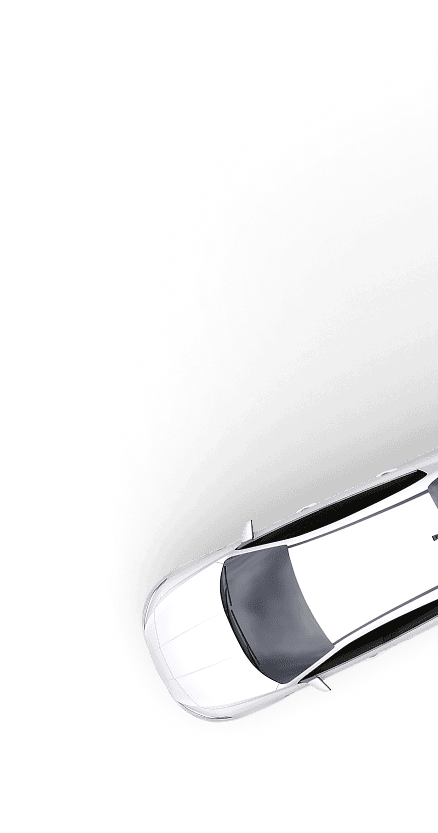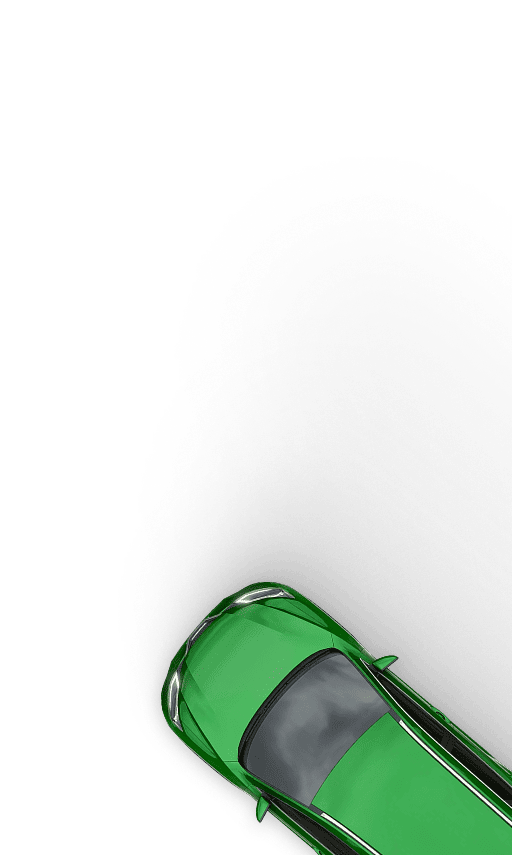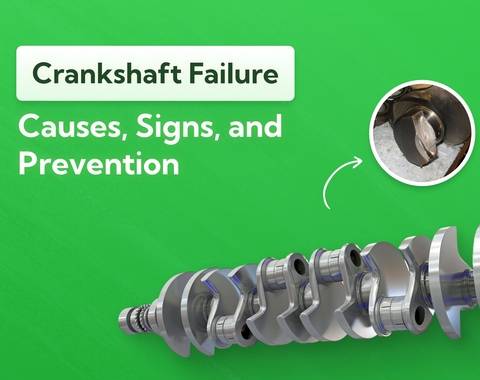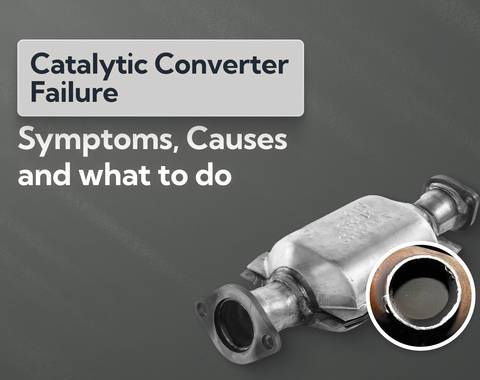Parking Lights: Purpose, What They Are and When to Use Them
Parking lights (also called sidelights) serve an important safety purpose: to make your car visible to other road users when parked on a road in low-visibility conditions. In this guide, we explain what parking lights are, why they exist and the situations when you’re legally required to use them so you stay safe and avoid fines.
Last updated: 17th October, 2025

Award-winning CEO driving growth and social impact across automotive, recycling, and technology-led enterprise platforms.
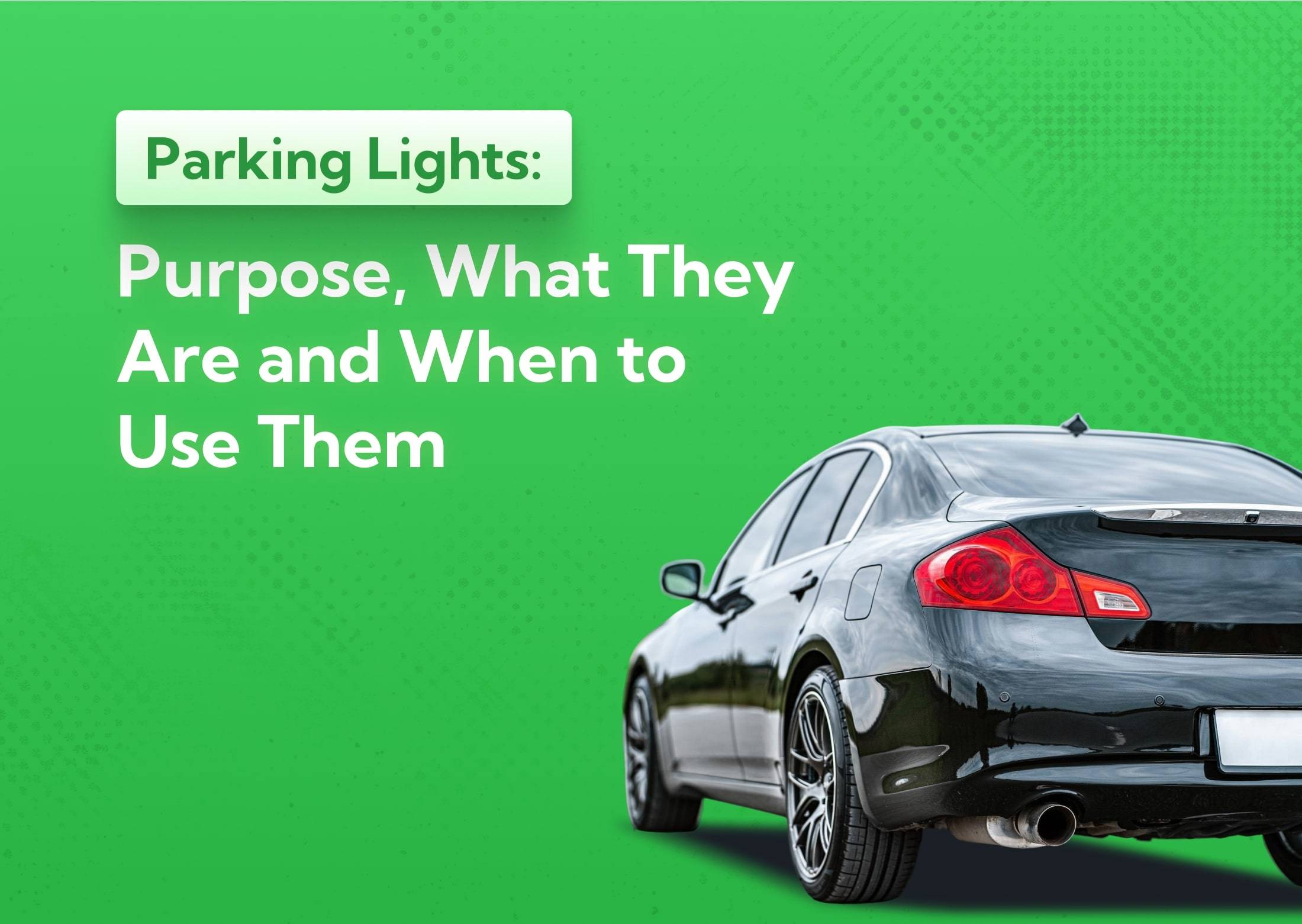
Listen to this story
Maybe you've noticed the small lights on the front and back of your car that turn on when you flick a switch or twist a knob. These are your parking lights, also referred to as sidelights or position lamps.
Parking lights are small, low-intensity lights located on either side of your vehicle, usually near the headlights or taillights. They're designed to make your car visible to other drivers when it is parked on the side of the road, in a parking lot, or anywhere else where visibility is limited.
In today's article, we'll give you the rundown on parking lights, when to use them, and how to turn them on.
What's in this article
- 1. The primary purpose of parking lights
- 2. Why parking lights are important
- 3. Are parking lights required by law?
- 4. Do all vehicles have parking lights?
- 5. When to use your parking lights
- 6. How to turn on your parking lights
- 7. How to tell if your parking lights are working
- 8. Can parking lights drain your car's battery?
- 9. What colour are standard parking lights?
- 10. Is it legal to drive with only parking lights on?
- 11. Can you use parking lights during the day?
- 12. Should you use parking lights in bad weather?
- 13. Parking lights vs. headlights
- 14. Parking lights vs. fog lights
- 15. The bottom line
The primary purpose of parking lights
Of course, the #1 purpose of parking lights for cars in the UK is to increase the vehicle's visibility when parked in low-light conditions, especially in situations where the car might pose a hazard to other road users.
This is particularly important when parking on narrow roads or in areas without street lighting, like in residential neighborhoods or country roads. And it's a necessity during bad weather, where you're moving more slowly due to road conditions or visibility.
Parking lights also serve as a warning to other drivers that your car is (a) not in motion or (b) moving far slower than the speed limit. As they approach you, they know to slow down and be cautious.
Why parking lights are important
Parking lights are important because they reduce the risk of accidents while your car is parked. They make it easier for other drivers to see your vehicle, even from a distance.
Beyond that, there are several reasons your parking lights can be your best friend:
- Theft and vandalism prevention. By making your car more visible, it becomes less of a target for theft or vandalism.
- Safety when roadside assistance is required. If you break down on the side of the road, having your parking lights on can be another signal, in addition to your hazard lights.
- Accident prevention. Other drivers can more easily see the parked vehicle, which reduces the likelihood of collisions, especially on narrow or busy roads.
- Extra protection in vulnerable areas. Parking lights are particularly crucial in rural areas where street lighting is sparse (or non-existent). In urban areas, they are important when parking in poorly lit areas, like side streets or alleys without regular street lighting.
Are parking lights required by law?
The UK Highway Code Rule 249 stipulates that parking lights must be used on all vehicles parked on a road (or lay-by) with a speed limit greater than 30 mph, and this applies during the hours of darkness to ensure safety.
Even on roads with lower speed limits, if the area is poorly lit or if the vehicle is parked in such a way that it could pose a hazard to other road users, you have to use parking lots between sunset and sunrise.
Do all vehicles have parking lights?
Pretty much all modern vehicles will come fitted with parking lights. This includes cars, motorcycles, and other motor vehicles.
That said, there are exceptions in very old vehicles. There are also certain types of specialised vehicles, like off-road or agricultural vehicles, which are not equipped with parking lights. In these cases, the specific regulations governing those types of vehicles don't require them to have them.
If you're unsure, look for the ‘parking light' symbol on your light controls. It's normally a small green icon with two semi-circles facing outward from each other:
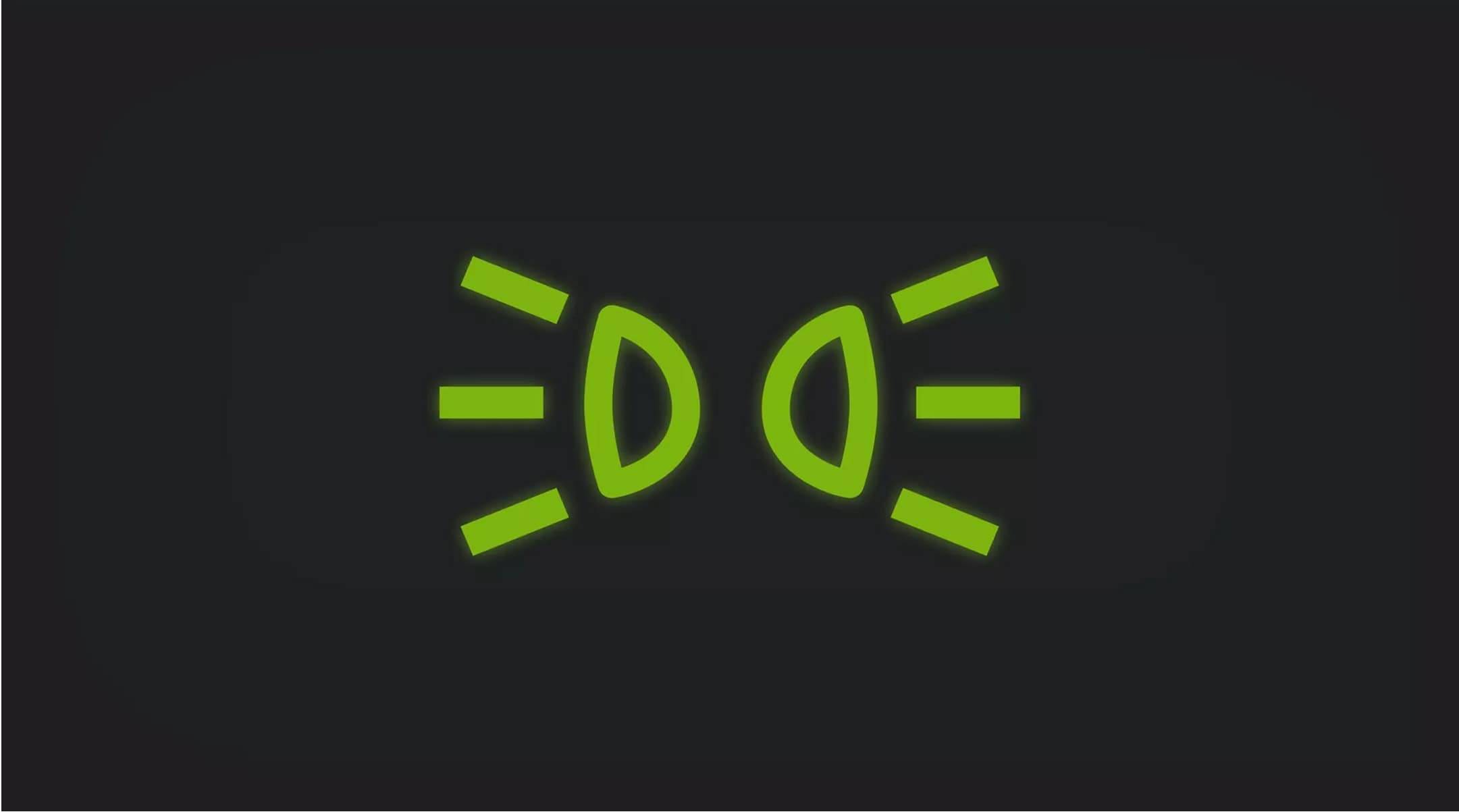
When to use your parking lights
While some situations clearly require the use of parking lights (like when parking on the side of a busy road at night), there are some grey areas where the law isn't as clear.
It's always better to err on the side of caution and use your parking lights when:
- Parking on streets with speed limits over 30 mph (between sunset and sunrise)
- The road has a speed limit of 30 mph or less, but you are parked in an area that is poorly lit or your vehicle could pose a hazard to other road users
- Parking on any road at night where your vehicle might not be clearly visible to other drivers (e.g., near a junction or bend in the road)
- Parking in a quiet neighbourhood street with no streetlights
- Stopping briefly on the side of the road at night or in low visibility
- Entering a Controlled Parking Zone (CPZ) that specifically requires parking lights
- Weather conditions are poor (such as heavy rain or fog)
How to turn on your parking lights
Turning on your parking lights is usually as simple as flicking a switch or rotating a knob. The exact location and method for turning them on may vary depending on your vehicle's make and model, so it's always best to consult your owner's manual if you're unsure.
In most cases, though, the parking light control will be located near the headlights or taillights controls, usually a stalk on the side or a small dial to the lefthand side. It may also be integrated into the main light switch.
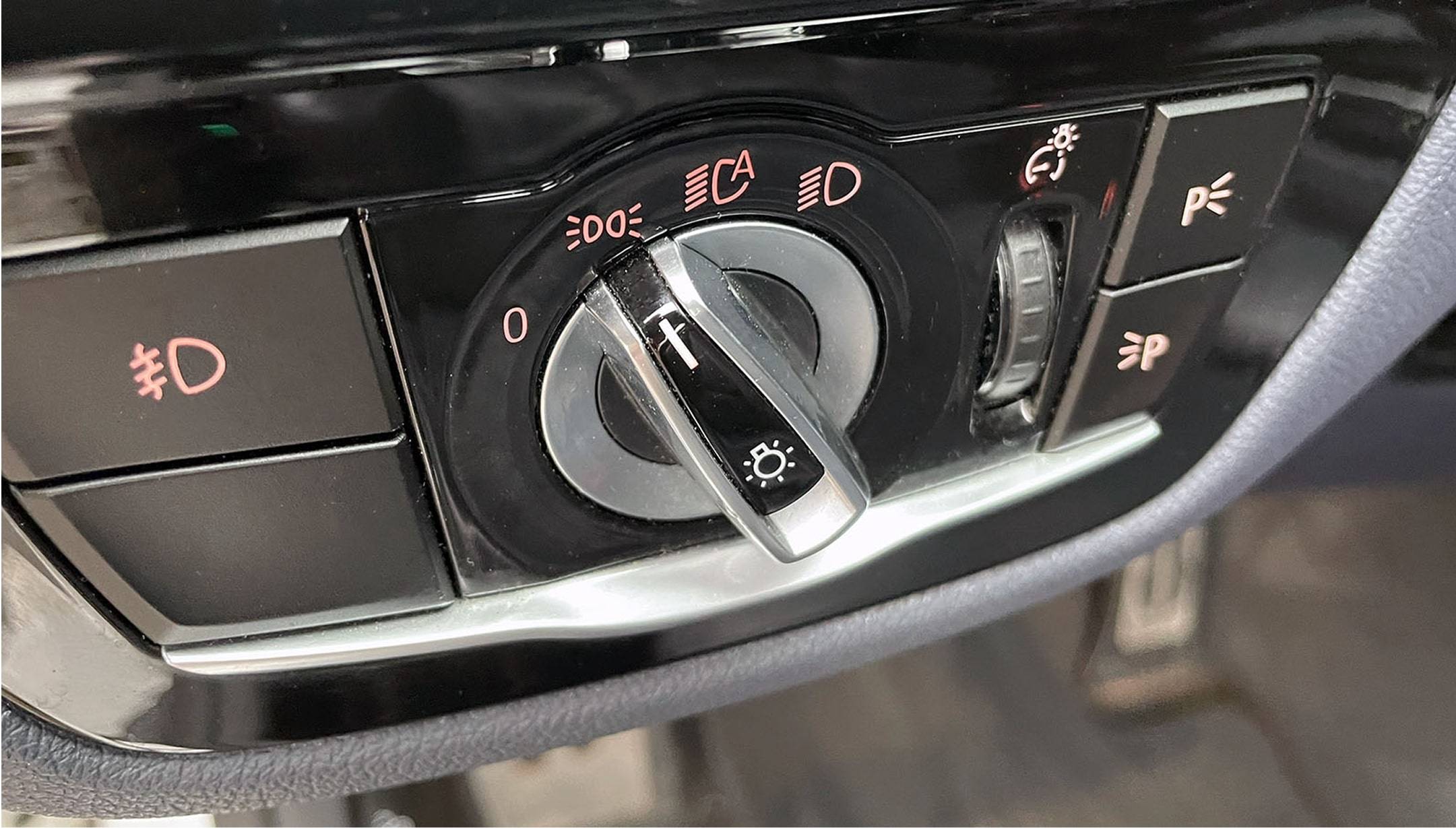
To turn them on, simply find the control and either twist or pull it out. You should see a small indicator light on your dashboard to confirm they are on.
What the experts say

Anthony Sharkey
How to tell if your parking lights are working
If you're not sure whether your parking lights actually turn on when you activate them, there are a few steps you can take to check:
- Have a passenger visually check them. Your front and rear parking lights will give off a soft glow. They're located in the same housing as your headlights and taillights, so if you see a dim light on the outer edges of these housings, your lights are working.
- Exit the vehicle. If you don't have a passenger at the time, you can turn on your parking lights, put the car in neutral, and pull the handbrake up. From there, get out of the car and check for the two small rays above your headlights.
- Examine your light controls. The 'parking lights' symbol should appear when they're on. If it doesn't, it's likely that they are not working.
- Check your dashboard. There should be a small green light that indicates that your parking lights are on. If it isn't lit up or it flashes when they aren't on, they probably aren't working.
Keep in mind that you can fail your MOT test if your parking lights aren’t working properly or you’ve modified your car to have a different colour from the legally required white or amber.
Can parking lights drain your car's battery?
Parking lights are designed to consume less power than headlights, meaning they can be left on for extended periods without significantly draining the vehicle’s battery. Assuming your car's battery is in good shape, you shouldn't have any problems leaving your parking lights on while parked overnight.
Keep in mind, however, that it's still important to remember to turn them off when you're done using them to reduce your risk of a dead battery.
What colour are standard parking lights?
Standard parking lights are, by law, amber or white. They're dimmer than your headlights and taillights, and you'll see them at the outer edges of those housings.
Some vehicles may have parking lights that are a different colour, but they must still be either amber or white. For example, some luxury cars have 'eyebrow' lights that can be white or amber, but they still function as parking lights.
Is it legal to drive with only parking lights on?
Parking lights don't provide sufficient lighting to safely drive at night. If you're driving between sunset and sunrise without your dipped or main headlights, you could be stopped and fined £50 for the offence.
Can you use parking lights during the day?
While you can't drive without proper headlights during the night, you can use your parking lights at any time. This is especially useful in low visibility situations, like heavy rain or fog, where it's difficult to see other vehicles, parked or not, on the road.
Should you use parking lights in bad weather?
Bad weather is one of the most important times to use your parking lights. This includes heavy rain, fog, snowfall, and any other weather conditions that make it difficult to see cars on the road.
By turning on your parking lights in these situations, you're making your vehicle more visible to other drivers and reducing the risk of accidents.
Parking lights vs. headlights
While they improve visibility while your vehicle is stationary, you can't just use them as a substitute for regular headlights. As mentioned above, they're insufficient for providing proper lighting while driving at night. And they aren't designed for that purpose.
The two types of lights have a few critical differences:
- Brightness. Parking lights are less intense than standard headlights because they aren't designed to illuminate the road in front of them. They're only meant to signal the presence of a stopped or parked car.
- Position. Your headlights will always be located at the front of your car. They're the biggest and brightest bulbs on your vehicle, and they're critical for seeing what's ahead of you. Parking lights are much smaller and are located at the outer edges of your headlights.
- Battery efficiency. Unlike your parking lights, which are just tiny lights, headlights will drain your battery if you leave them on overnight. A few times here and there shouldn't be a big deal, but if your battery is a few years old or you do so habitually, your car battery will eventually die because of it.
- Function. As discussed, parking lights signal a parked car's presence at night or in low-visibility conditions. Headlights are designed to improve the driver's ability to see while actively driving in low-visibility conditions.
Parking lights vs. fog lights
Fog lights are commonly confused with parking lights because they also provide a softer, lower light for low-visibility conditions. You'll use them when you can't activate high beams for more significant lighting (such as in fog or other types of inclement weather). In these instances, high beams reflect back off of water droplets in the air, which is blinding for other drivers.
There are some key differences between the two:
- Purpose. Fog lights are specifically designed to improve visibility in heavy fog or other low-visibility conditions. They are mounted lower on the vehicle and angled towards the ground to help drivers see road markings and objects close to the ground.
- Brightness. While parking lights emit a soft glow, fog lights produce a much brighter and more focused beam of light.
- Usage. Parking lights aren't a substitute for fog lights because they don't provide enough light for safe driving in low-visibility conditions. Fog lights should only be used when you're driving, visibility is under 100 metres, and regular headlights won't cut it.
The bottom line
Use your parking lights when you need to signal the presence of your parked car or motorcycle. Don't rely on them for driving in low-visibility conditions, as they aren't bright enough for safe driving. Only use them when stopped or parked.
When in doubt, check your car's manual to figure out the correct usage and purpose of all its lights. Remember, safety should always be your top priority on the road.
About Car.co.uk

Share on
Latest news & blogs


